Olive Young - Hwanghak Sageori Branch [Tax Refund Shop] (올리브영 황학사거리)
3.2Km 2024-04-17
410, Wangsimni-ro, Seongdong-gu, Seoul
-
Bank of Korea Money Museum (화폐박물관)
3.2Km 2024-03-18
39 Namdaemun-ro, Jung-gu, Seoul
This Renaissance-style three-story stone building is the museum of the Bank of Korea. The older Bank of Korea was established as the central bank of the Korean Empire in 1909 and has been designated as a National Historical Site. During the Japanese colonial period, the bank was renamed the Bank of Joseon, and the building was used as the main and head office of the Bank of Korea until 2001. The building has been used as the nation’s Money Museum since June 2001 in celebration of the 50th anniversary of the Bank of Korea. The museum has 13 exhibition rooms on two floors, with one basement floor and two above-ground floors. It holds special exhibitions of various currency and art collections to provide domestic and foreign visitors with the opportunity to enjoy the history and culture of currency. Visitors can learn about the Bank of Korea and the central banking system, as well as how to identify counterfeit notes and how money is produced and circulated. It is also a good place for children to learn about currencies from around the world. Advance reservations are required, and parking is not available. The museum can easily be reached via subway by getting off at Hoehyeon Station (Seoul Subway Line 4) and exiting through Exit 7.
National Museum of Modern and Contemporary Art, Deoksugung [MMCA Deoksugung] (국립현대미술관 덕수궁)
3.2Km 2023-06-23
99, Sejong-daero, Jung-gu, Seoul
+82-2-2022-0600
The National Museum of Modern and Contemporary Art, Deoksugung [MMCA Deoksugung] was originally built as an annex to the National Museum of Contemporary Art. The museum specializes in seeking out and researching modern art, exhibiting and preserving it, supporting and developing educational programs, and furthering publications and international exchanges. Located within Deoksugung Palace, the center maintains a unique traditional atmosphere. The museum planned and showcased a total of 38 unique exhibitions from 1998 to 2005. Besides the exhibitions, the center has various performances such as music and mime, as well as lectures or seminars on artists' works.
Jangchungdan Park (장충단공원)
3.2Km 2020-03-18
261, Dongho-ro, Jung-gu, Seoul
Jangchungdan Park is located on the northeastern foot of Namsan Mountain. On August 20th, 1895, Empress Myeongseong was killed by Japanese soldiers in Gyeongbokgung Palace and many Korean soldiers such as Yi Gyeong-jik and Hong Gye-hun died while trying to hold back the intruders. In memory of these soldiers, Emperor Gojong built the Jangchungdan Shrine in November 1900 at the current site of the Shilla Hotel guesthouse. The shrine was lost during the Korean War and the area was renovated into a park in 1919.
On September 22, 1984, Jangchungdan Park was designated the 374th neighborhood park of Korea and part of the park was merged with Namsan Park. The remaining area retained the name “Jangchungdan Park” and is still home to cultural assets such as the Jangchungdan Memorial Stone, Supyogyo, Seungjeongjeon, Gwanseongmyo, and Waryongmyo. The park is considered a landmark of patriotism since it contains the 1919 Independence Movement of Korea Memorial Stone and other monuments dedicated to people such as Han Yong-un, Yu Gwan-sun, and Gim Yong-hwan who fought for the independence of Korea.
YUKDAEJANG Myeongdong(육대장 명동)
3.2Km 2020-10-30
45, Myeongdong, 8na-Gil, Jung-gu, Seoul
+82-2-775-7555
This is a Korean cuisine located in Myeong-dong, Seoul. The representative menu is Spicy Beef Soup. The favorite store of office workers.
Pacific Hotel (퍼시픽 호텔)
3.2Km 2021-06-18
2, Toegye-ro 20-gil, Jung-gu, Seoul
Pacific Hotel is situated near Namsan Mountain and N Seoul Tower, one of the most popular attractions in Seoul. The hotel is also conveniently located adjacent to Myeongdong, the heart of shopping in Seoul, and provides guests with easy access to public transportation and shopping districts such as Namdaemun, Dongdaemun, and major department stores.
In celebration of its 30th anniversary the hotel underwent renovations, updating its building and facilities in an effort to advance its image as a luxury hotel. With dedicated staff ready to welcome guests with warm hospitality, the hotel offers 139 comfortable guestrooms and a variety of subsidiary facilities such as a banquet hall, a sauna, restaurants, and more.
Bongchu Jjimdak Myeongdong Post Office (봉추찜닭 명동중앙우체국)
3.2Km 2024-03-12
47, Myeongdong, 8na-gil, Jung-gu, Seoul
+82-2-3789-9381
Located in Myeongdong Street, Bongchu Jjimdak Myeongdong Post Office branch specializes in jjimdak (braised chicken). Jjimdak is a Korean-style soy sauce glazed chicken that originated in the Andong region and features chicken stir-fried with potatoes, carrots, onions, garlic, glass noodles, and rice cakes. Their signature dish is ppyeo eomneun jjimdak (braised boneless chicken), which is easy to eat even for beginners. Its spicy level can be adjusted and cheese can be added to suit personal preferences.
Bodolmiyeok Myeongdong(보돌미역 명동)
3.2Km 2020-10-30
B1F, 10, , Myeongdong, 8na-gil, , Jung-gu, , Seoul
+82-2-772-7600
This is a Korean cuisine located in Myeong-dong, Seoul. A restaurant specializing in seaweed soup loved by Koreans. The representative menu is clam seaweed soup.
kr Myeongdong Samgyetang (kr명동삼계탕)
3.2Km 2021-05-12
49, Myeongdong, 8na-gil, Jung-gu, Seoul
+82-2-778-7370
It makes Samgyetang (Korean ginseng chicken soup) using herbal broth as a store with more than 20 years’ experience. This restaurant's signature menu is ginseng chicken soup. This Korean dishes is located in Jung-gu, Seoul.
Namsan Arts Center (남산예술센터)
3.2Km 2021-08-26
138, Sopa-ro, Jung-gu, Seoul
+82-2-758-2150
Namsan Arts Center, reopened as a creative space in Seoul in September 2009. It redefined the colors and characteristics of the theater, aiming for a modern theater production center centered on creative premieres, a contemporary performance venue where visitors can feel the pulse of the times, and a theater capable of various experiments.
Namsan Arts Center Drama Center is the first modern folk theater in Korea and the oldest performance hall in which the original architectural form has been preserved. Under the concept of "Contemporary & New Wave," the center continues to produce domestic original plays, and through active exchanges with excellent overseas theaters, build a repertoire of high-quality works that can read domestic and overseas trends, and present contemporary cultural diversity.
![Olive Young - Hwanghak Sageori Branch [Tax Refund Shop] (올리브영 황학사거리)](http://tong.visitkorea.or.kr/cms/resource/46/2888246_image2_1.jpg)

![National Museum of Modern and Contemporary Art, Deoksugung [MMCA Deoksugung] (국립현대미술관 덕수궁)](http://tong.visitkorea.or.kr/cms/resource/09/2991509_image2_1.jpg)

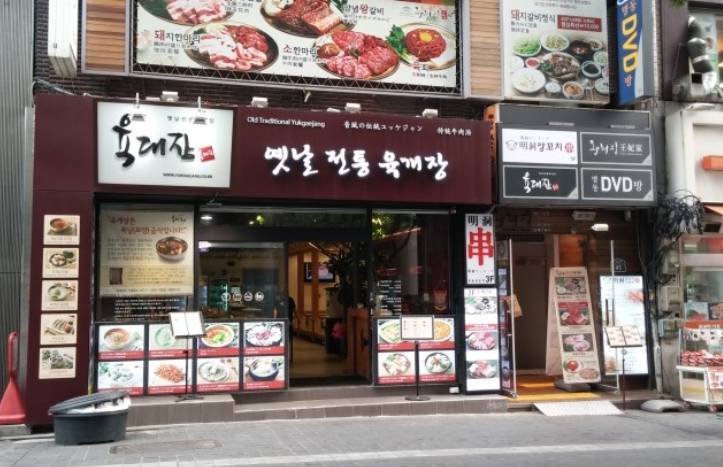
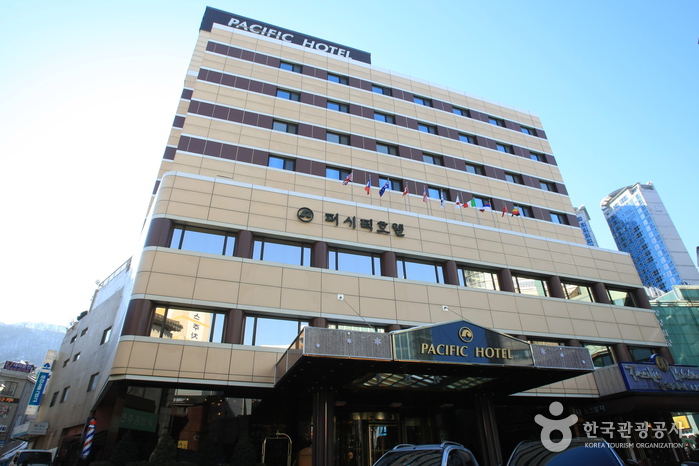
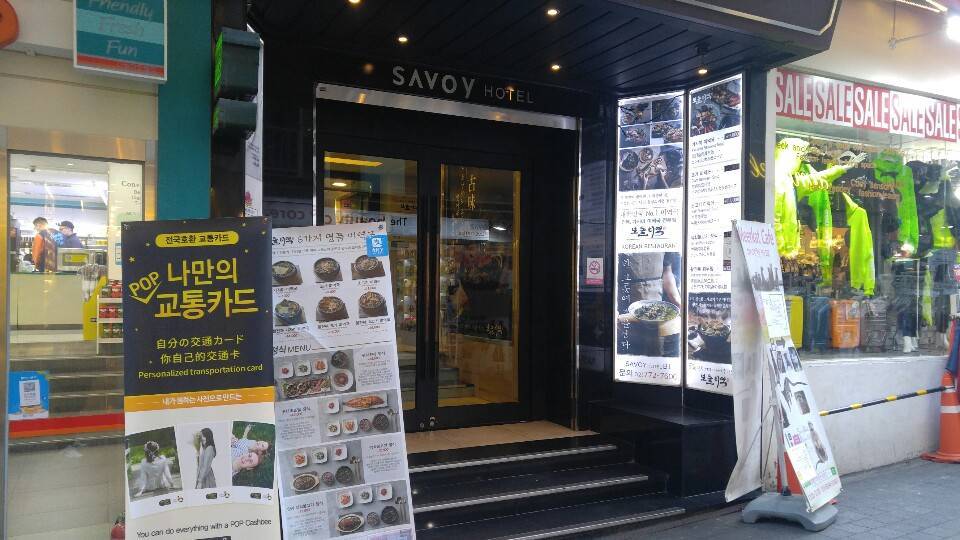
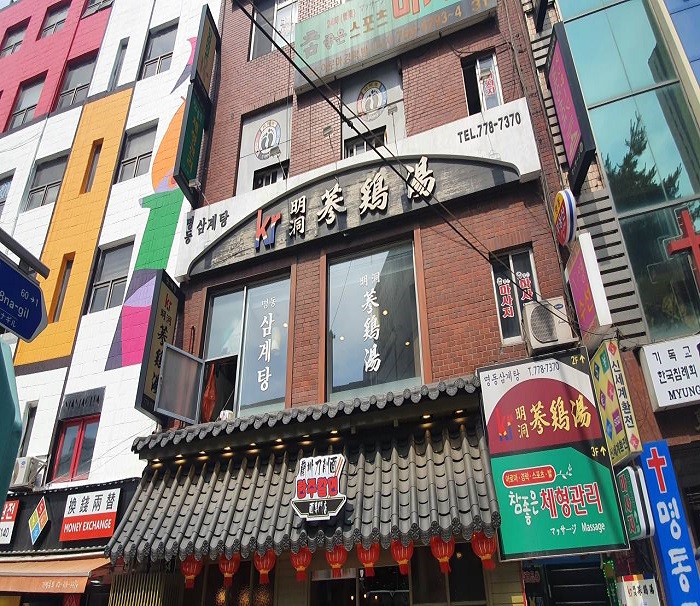
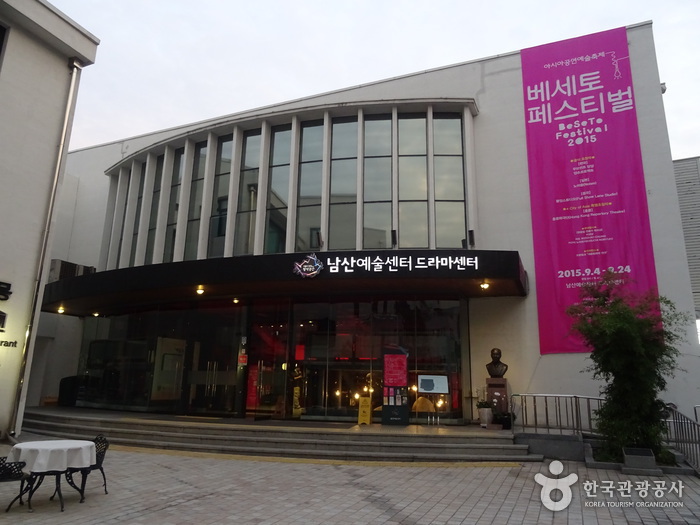
 English
English
 한국어
한국어 日本語
日本語 中文(简体)
中文(简体) Deutsch
Deutsch Français
Français Español
Español Русский
Русский